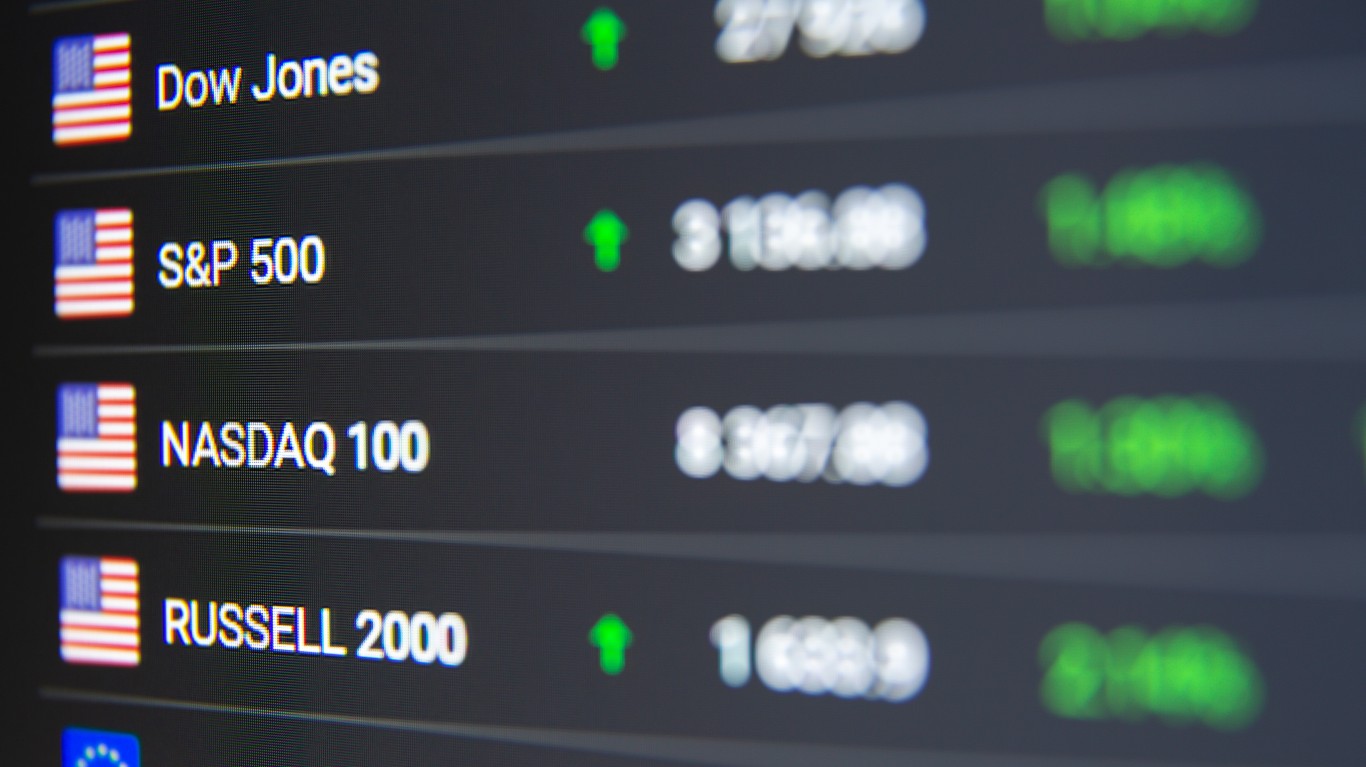
With the first half of 2022 now in the books, it is a good time to check on how investors fared in what was a miserable six months. The S&P 500 posted its largest six-month loss since 1970, dropping 20.6%. The Nasdaq index fell by 28.6%, its largest first-half loss since 2008, and the Dow Jones industrials dropped 15.3%, its worst first-half loss since 1962.
History offers some hope for the second half of the year, however. The S&P 500 index has dropped by 15% or more in the first half of a year just five previous times since 1932. The average second-half gain was 23.7%, more than making up for the first-half loss, and the index posted gains in every one of those five years.
The Dow has dropped by 15% or more in the first six months of a year just 15 times since 1900. Average performance in the second half of those 15 years showed a gain of 4.45%. Two-thirds of the time, the Dow posted second-half gains. In 2008, however, the Dow dropped another 22.7% in the final six months of the year.
As for the Nasdaq, it has fallen this much only twice before since it began operations in 1971. Both times (1973 and 2002), the index dropped by about 8.7% in the second half of the year.
At the beginning of the year, we looked at the 10 Dow stocks that were paying the highest dividend yields, the so-called Dogs of the Dow. A popular strategy for dividend investing is buying the Dogs at the end of the year, setting a solid foundation for the year ahead. Frequently these stocks have risen more than others because their shares were selling off or underperforming. Hence, the term “dog.”
The following table shows the dividend yields for the 10 Dogs as of December 31, 2021, and June 30, 2022, the change in the yield and the change in the share price, and the total return for the first half of 2022. The three stocks that showed the largest increases in yield (Walgreens, 3M and Intel) all posted share price declines of more than 25%. Among the five stocks that posted price gains in the first half of the year, dividend yields were lower.
Buying the Dogs in January would not have turned a profit, but the six-month loss would have been far smaller than the loss on an index fund.
| Name | Ticker | Yield on 12/31/21 | Yield on 6/30/22 | Yield YTD Change | Shares YTD Change | Total Return |
|---|---|---|---|---|---|---|
| Dow | DOW | 4.94% | 5.43% | 0.49% | −14.25% | −13.76% |
| IBM | IBM | 4.91% | 4.67% | −0.24% | 8.20% | 7.96% |
| Verizon | VZ | 4.83% | 5.04% | 0.21% | −4.74% | −4.53% |
| Chevron | CVX | 4.57% | 3.92% | −0.65% | 25.70% | 25.05% |
| Merck | MRK | 3.60% | 3.03% | −0.57% | 21.00% | 20.43% |
| Walgreens | WBA | 3.59% | 5.04% | 1.45% | −25.75% | −24.30% |
| Amgen | AMGN | 3.45% | 3.19% | −0.26% | 9.95% | 9.69% |
| 3M | MMM | 3.33% | 4.61% | 1.28% | −25.70% | −24.42% |
| Coca-Cola | KO | 2.84% | 2.80% | −0.04% | 7.84% | 7.80% |
| Intel | INTC | 2.70% | 3.90% | 1.20% | −26.23% | −25.03% |
| Average | 0.29% | −2.40% | −2.11% |
Are You Still Paying With a Debit Card?
The average American spends $17,274 on debit cards a year, and it’s a HUGE mistake. First, debit cards don’t have the same fraud protections as credit cards. Once your money is gone, it’s gone. But more importantly you can actually get something back from this spending every time you swipe.
Issuers are handing out wild bonuses right now. With some you can earn up to 5% back on every purchase. That’s like getting a 5% discount on everything you buy!
Our top pick is kind of hard to imagine. Not only does it pay up to 5% back, it also includes a $200 cash back reward in the first six months, a 0% intro APR, and…. $0 annual fee. It’s quite literally free money for any one that uses a card regularly. Click here to learn more!
Flywheel Publishing has partnered with CardRatings to provide coverage of credit card products. Flywheel Publishing and CardRatings may receive a commission from card issuers.
Thank you for reading! Have some feedback for us?
Contact the 24/7 Wall St. editorial team.





